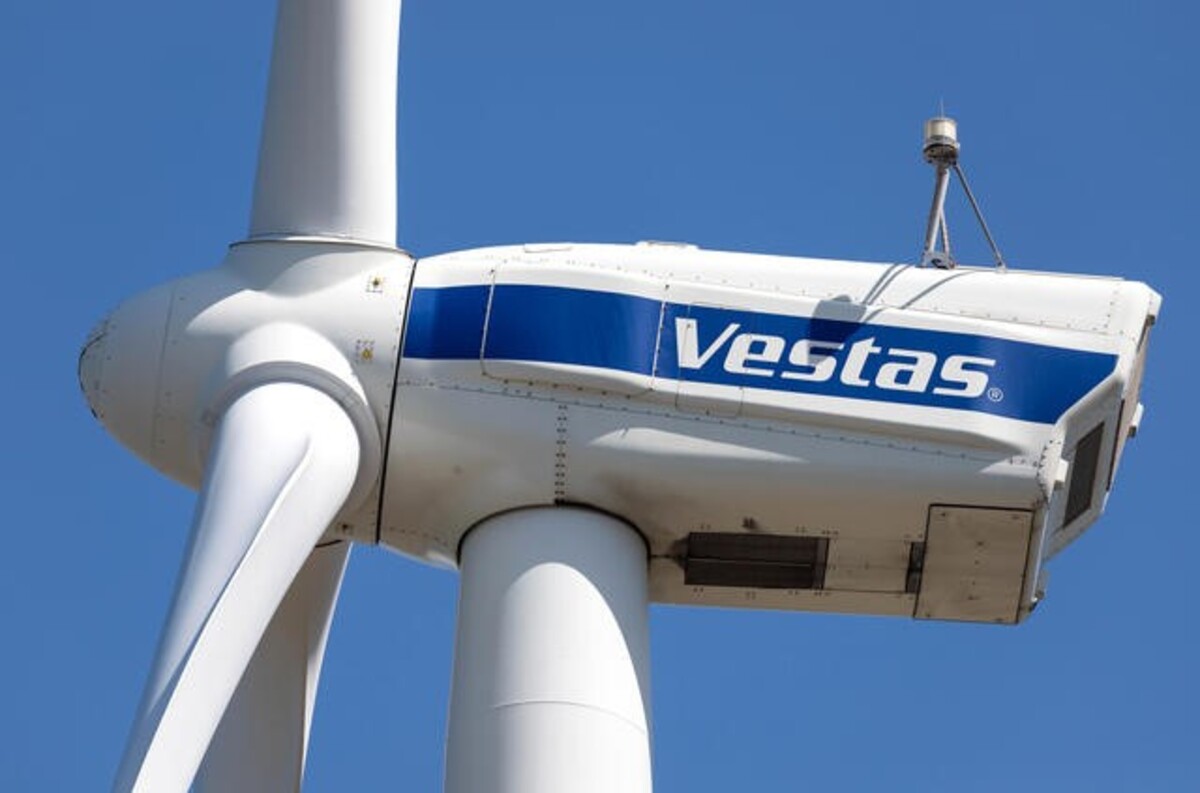The wind power giant Vestas issued an early warning of a difficult year after reporting dismal 2022 sales hampered by project delays and impairments.
Fewer wind turbine installations this year, according to the business, are a result of lengthy regulatory procedures in Europe and sluggish U.S. activity prior to the Inflation Reduction Act’s effects taking effect.
According to a report by the Global Wind Energy Council (GWEC), the previous year, 2021, the global wind energy market experienced steady growth. There was more than 80 GW of new capacity added globally during the year. It brought the total installed capacity to over 740 GW. Thus, many countries have achieved significant milestones in terms of wind energy penetration. Then it was an indication of the steady growth in the wind energy market. But the trend seems is not going to continue.
Significant supply chain inflation will cause a decline in wind power installations
Vestas anticipate significant supply chain inflation in 2023, along with a decline in wind power installations, to severely affect revenue and profitability, the company stated in a statement.
The wind power business has been under pressure due to rising metals prices. A significant role also has increased competition despite the increasing demand for renewable energy. At the same time, the industry has been unable to pass on higher costs to clients who placed their orders two or three years ago.
A new price increase is not an option
Turbine manufacturers increased prices last year in an effort to lessen the effects of rising inflation and strain on profit margins.
Customers are hard to persuade to pay extra, according to Nordnet analyst Per Hansen. As a result of rising demand and initiatives to become independent of Russian gas, people may anticipate that the green transition would quicken. These things, however, require time.
The cost and time required to install 1 GW of wind energy can vary depending on a number of factors. Among them are the location and type of project, the size and capacity of the turbines, and the availability of financing and other resources.
In general, the cost of wind energy projects had decreasing trends before the economic crisis. It ranged from $1.3 to $2.5 million per MW of capacity installed. So, the cost of a 1 GW wind energy project was between $1.3 billion and $2.5 billion.
As for the time, the construction of a wind farm can take anywhere from a few months to several years. It depends on the size and complexity of the project. For example, a small wind farm with a capacity of 100 MW may take about 2 years to build, while a large wind farm with a capacity of 1 GW may take up to 5 years to build.
It’s also worth noting that the cost and time frame for a wind farm can also depend on a number of other factors, such as the availability of labor, the distance of the site from the nearest port, the transmission infrastructure, and more.
Financial results of wind power giant Vestas
Preliminary figures show that Vestas’ 2022 revenue was 14.49 billion euros ($15.75 billion). It is somewhat less than the range it had anticipated.
It anticipates revenues between 14.0 billion and 15.5 billion euros this year, with an EBIT (margin on earnings before interest and tax) margin before exceptional items of between minus 2% and plus 3%. Last year, it had a negative 8% EBIT margin.
Vestas stock was trading 0.7% higher at 0922 GMT despite being down more than 5% at the start. After reaching a peak in January 2021, the shares are now down roughly 40%.
In reference to the share movement, Hansen remarked that it could have been lot worse. It suggests that there is still hope for investors.
On February 8, Vestas must present its complete financial results.

